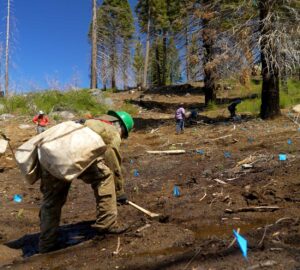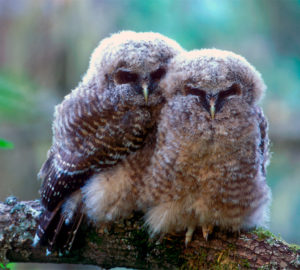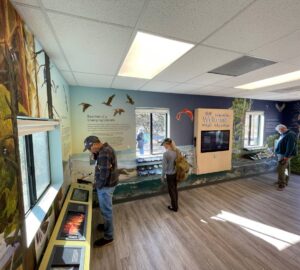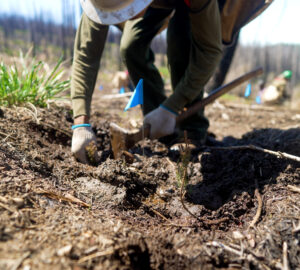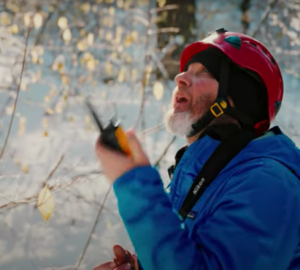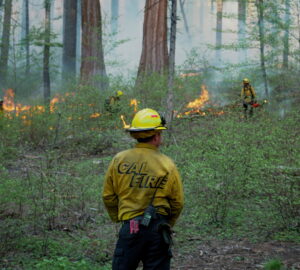Plan aligns with California’s action plan released after 2020 wildfires
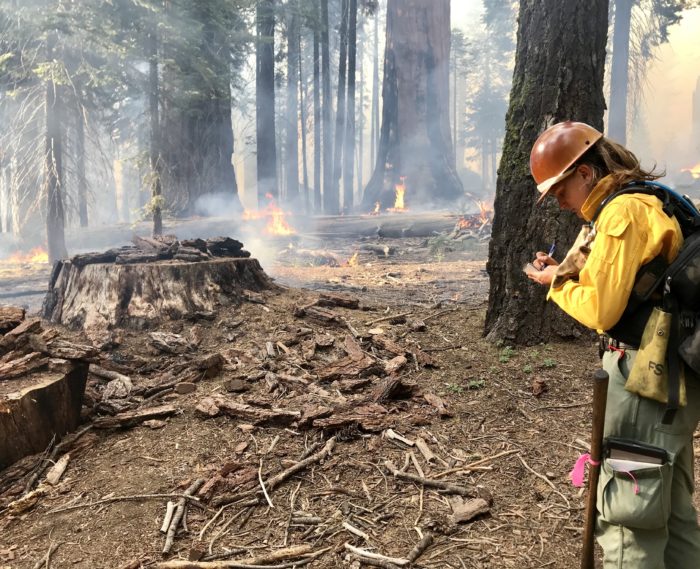
In a state that has been no stranger to wildfire over the years, the fires of 2020 were unprecedented. Five of California’s six largest fires in modern history burned at the same time, killing more than 30 people, destroying thousands of buildings, forcing hundreds of thousands of people to flee their homes, and exposing millions of residents to dangerously unhealthy air. The loss of treasured park infrastructure in Big Basin Redwoods State Park and 1,000-year-old giant sequoia in the Sierra Nevada made headlines around the world.
The crisis was certain to draw the attention of lawmakers looking to improve that state’s forest management, and sure enough, dozens of bills have been introduced and Gov. Gavin Newsom has proposed $1 billion in funding for wildfire preparedness, response, and recovery. One of the bills, Assembly Bill 642, seeks to further expand the use of prescribed burning, in part by growing and incorporating cultural burning by tribal communities. Save the Redwoods League participated in the drafting of this bill, authored by Assembly Member Laura Friedman, and enthusiastically supports its passage.
Last year’s fires were extensive in the coast redwood and giant sequoia forests. Fire covered about 5% of the coast redwood range (more than 81,000 acres), and 9.5% of the remaining ancient footprint experienced fire (11,200 acres out of the 118,000 acres of old–growth coast redwood standing today). Fire reached about 35% of the giant sequoia range (more than 16,500 acres), much of it in the form of severe wildfire, killing hundreds of ancient sequoia.
In the centuries before the 1800s, forest fires were more common and less destructive across California. They started naturally by lightning or were set by Indigenous populations to manage the landscape. With the arrival of Euro-Americans in the late 19th century, Indigenous people were forced from their ancestral homes and lightning-ignited fires were immediately suppressed out of fear and to protect timber profits. The result has been an unnatural buildup of live vegetation and woody debris in our forests that, when combined with the other factors such as climate change, is driving the severe fires we’ve seen in the last few years.
Conservation scientists and land managers are increasingly realizing that a regimen of prescribed burning—the practice of using smaller, controlled fires to eliminate excessive fuel—is an important forest management tool. Moreover, experts are increasingly looking to tribal practitioners who have on-the-ground experience. Senate Bill 1260, passed in 2018, called for an increase in prescribed burning, but progress has been slow.
AB 642 would streamline the permitting system for burning permits and create a prescribed burning training center to increase the number of skilled practitioners. It would require the California Department of Forestry and Fire Protection (CAL FIRE) to work more closely with Native American tribes, tribal organizations, and cultural practitioners, in part by creating a Cultural Burning Liaison within the department.
The bill also would expand fire safety building standards and require CAL FIRE to improve and update wildfire severity maps to get a better understanding of where severe wildfires are likely to occur.
The proposals are closely aligned with the Wildfire and Forest Resilience Action Plan released in January by a special task force created following the 2020 fires. The plan sets a new agenda for meeting the state’s target of completing projects on 500,000 acres annually by 2025 and expanding the use of prescribed fire, particularly on state-owned lands.
The Nature Conservancy, Pacific Forest Trust, and the Karuk Tribe also have voiced support for this legislation.


